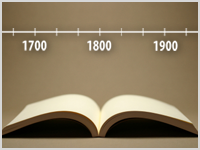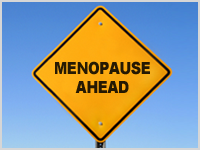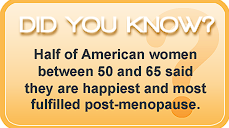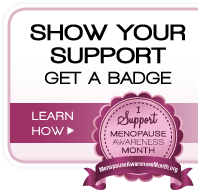
THE HISTORY OF MENOPAUSE
1700s — Menstruation was a way for the body to get rid of impurities. When menstruation ceased during menopause, it was thought that the blood remained within the body, clotting and stagnating. The “solution” was the application of leeches — to a woman's genitalia, back, or neck — to remove this excess blood. The discovery of hormones is relatively recent. In the 1700s, when the earliest written records of menopause are dated, most illnesses were thought to be caused by “humours,” or body fluids. Along with leeches, plant extracts called emmenagogues may have been prescribed or periodic bloodletting from the arm.
1800s — The term “menopause” — first used by the French physician de Gardanne in 1812 — became more widely known. Growing interest in anatomy led to a search for the causes of disease in particular organs rather than bodily fluids. For women, whose most important social role was to have children, the reproductive organs were central. Disorders of the reproductive system were blamed on devoting too much energy to non-reproductive pursuits. Intellectual and sexual urges were discouraged, and doctors strongly advised against sexual activity during and after menopause.
Early 1900s — Psychoanalysts interpreted depressive symptoms of menopause as grief for the loss of reproduction and femininity. Scientists were extracting chemical agents from certain tissues and organs that affected other parts of the body. These powerful chemicals were called hormones, but their medical uses were not yet known. At the turn of the last century, menopause and death occurred at roughly the same ages; now the average woman who reaches menopause will live 30 more years.









